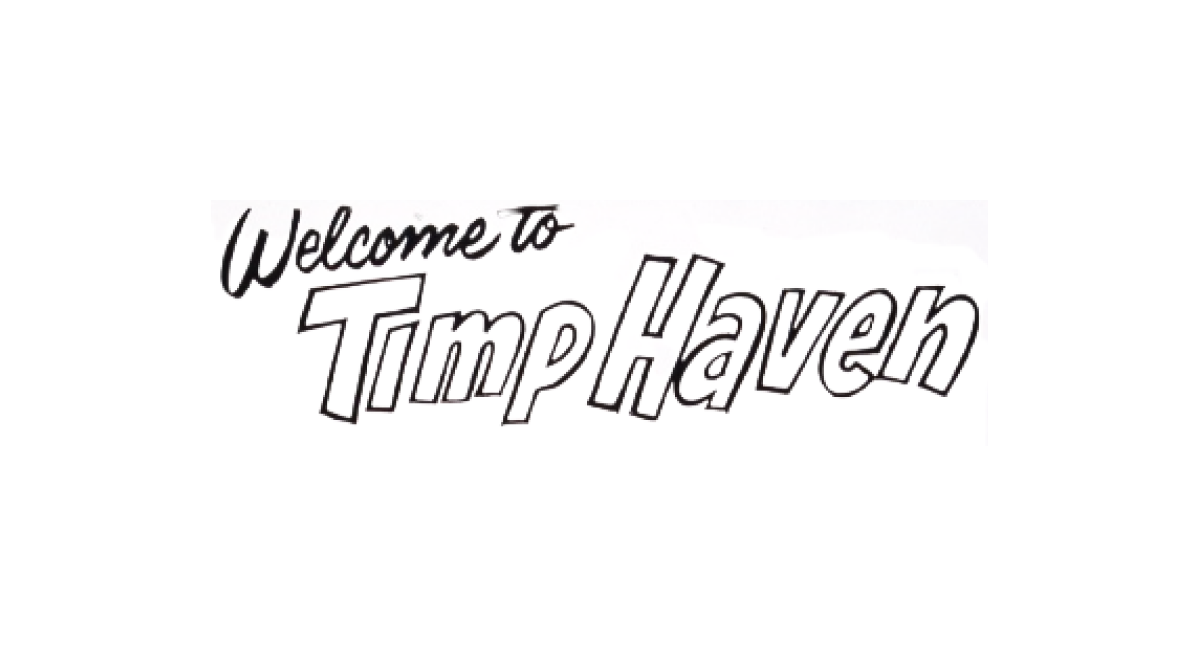Inspiration
An insightful lesson from a 1950s-era piece of resort marketing.


BLANCHARD
I’m sure many of us have heard some form of the idea that stuff goes viral when it triggers some type of emotional response. Anger, sadness, fear, awe, surprise…if it gets us to feel something, it has a greater chance of us doing something.
Talking about this phenomenon in terms of feeling and doing is a reminder that virtually all of our marketing is designed around the goal, or at least the hope, of someone doing something.
Which means it’s critical to consider how people will feel when they encounter you campaign.
Timp Haven, 1950s
Early ski resort marketing is fascinating to me. It’s not fancy, it was constrained by physical papers and inks and mail, it lacks all the technology we rely on today, and there were no endless feeds of gurus and ideas to learn from and be inspired by.
And yet there are so many similarities. Marketers often relied on trail counts and the latest lift technology (like T bars) to stand out and the best campaigns included a strong CTA where, for example, you could write from more information. But they also were starting to use literary devices, play on words, and, yes, many were trying to elicit a bit of emotion.
If you’re not familiar with Utah ski history, Timp Haven is what is now known as Sundance. Junior Bounous, the instructor named in the ad, is a Utah skiing legend who was synonymous with Snowbird’s brand and ski school when I was young.
But it’s the words in that little speech bubble I want to draw you attention to:
One lesson is worth a thousand falls!
I love this line. I love how much it says in so few words, I love the way it creates contrast between alternatives, and I love the way it brings in just the slightest hint of emotion around falling. The pain of falling. The fear of falling. The frustration of falling. The mental image of falling 1000 times.
But, most importantly, a way to avoid it.
A Lesson, A Pattern
Honestly, that one-liner would work great for an email subject line where, like the early days of resort marketing, the message is often restricted to text. But, like I often say, it’s not this specific example that matters, it’s the pattern. A pattern we can all learn from and apply.
In this case the emotion they wove into the message wasn’t forced or heavy-handed, it was just a light frosting. Enough to take a boring line of copy and give it a little extra punch without getting in the way of the goal.
The next time you’re writing, think about whether you can sprinkle in a little bit more emotion-based language that paints a picture in someone’s mind that they can feel. It helps make content go viral, it can help boost an ad from 1955, and it can help your next message sink a little bit deeper in the minds of your audience.
About Gregg & SlopeFillers
I've had more first-time visitors lately, so adding a quick "about" section. I started SlopeFillers in 2010
with the simple goal of sharing great resort marketing strategies. Today I run marketing for resort ecommerce and CRM provider
Inntopia,
my home mountain is the lovely Nordic Valley,
and my favorite marketing campaign remains the Ski Utah TV show that sold me on skiing as a kid in the 90s.
Get the weekly digest.
New stories, ideas, and jobs delivered to your inbox every Friday morning.
